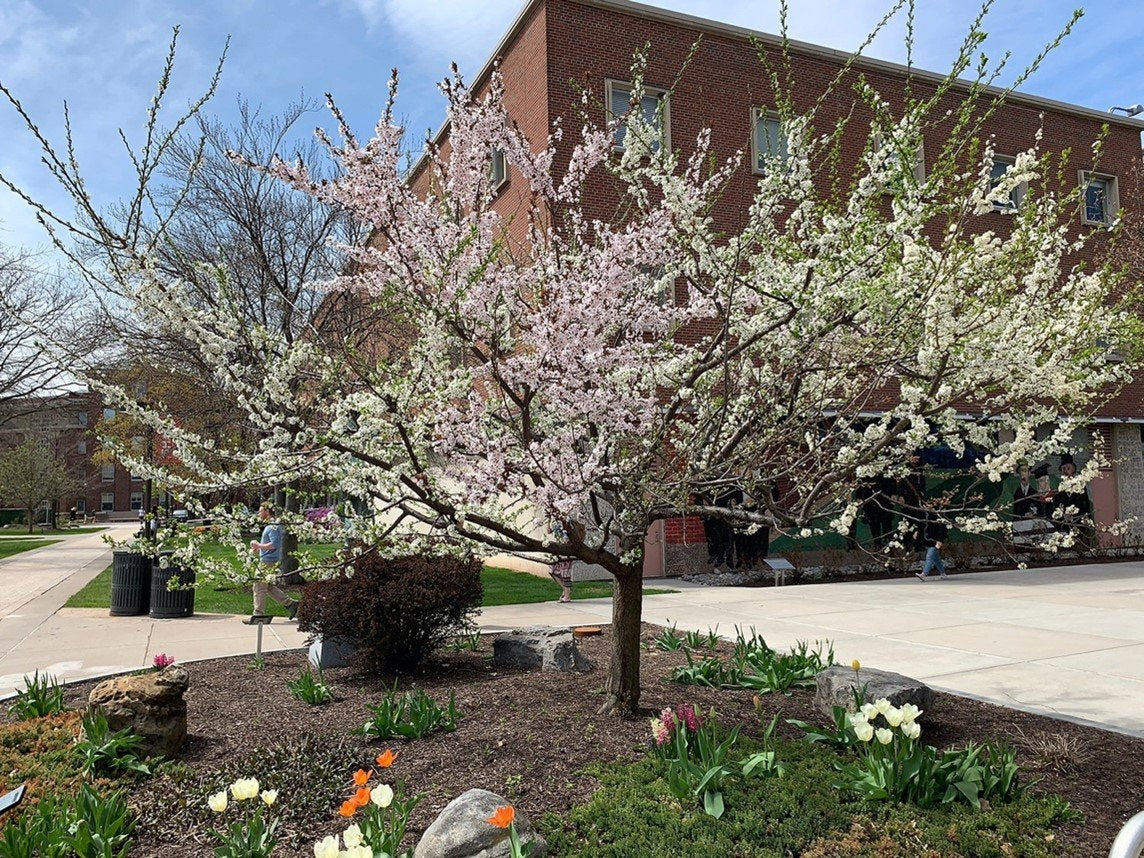
Table of Contents
Why is plant grafting beneficial?
Nature is strange. It often does not do what you want it to do. The Ancient Chinese started plant grafting thousands of years ago and people still do it to this day. You may be wondering, how is this useful? The answer is simple; it’s an easier farming method. Selective breeding is when humans take two different plants (or animals) with desirable traits and breed them together to produce offspring that has those desired traits. The issue with this is that genetics are not as simple as it sounds. Mutations always occur causing many different traits to appear. On top of that, growing a giant fruit tree takes years and if you need fruit sooner rather than later you might be out of luck. If someone has a tree that produces big and tasty apples, they can take a part of it and graft it to another tree. This then allows that second tree to produce the same apples without having to wait years for a new apple tree to grow.
One of the ways to graft a plant via https://www.flickr.com/photos/scotnelson/13928794008/
How do you graft plants?
For plant grafting you’ll need two parts: a shoot and a root. The shoot is called a scion, which is a newly mature branch, stem or bud that can produce flowers or fruit. The root is called rootstock, which is the tree root and trunk that the scion is grafted onto.Steps
- Cut the top off of your rootstock. Then cut a good a decent way down the stem (we suggest about a couple of inches).
- Cut your scion off your desired plant. Cut this at a 60º angle to have it fit in the rootstock easier.
- Place your scion inside the cut in the rootstock. If you have done this properly, it should fit relatively easily and look like step 3 in the diagram below.
- Clamp or tape the scion and rootstock together. This makes sure the scion does not fall out and allows for the most efficient regrowth between the two parts.
- Remove your tape after 3-8 weeks depending on the season and the size of the cut.
- Enjoy your grafted plant!

Cleft plant grafting in 4 steps via Oda, 1999. https://commons.wikimedia.org/wiki/File:Cleft_Grafting_Technique.jpg
Another way to graft a plant involves cutting the rootstock at a 30º angle and the scion at a 60º angle and taping them together without placing it inside of the rootstock. This method is labelled (d) below. As seen in the picture below, there are a few different ways to go about grafting plants so be sure to try them all if one doesn’t work out for you.
6 different ways of plant grafting via Wang 2016. https://nph.onlinelibrary.wiley.com/doi/full/10.1111/nph.14383
Does this actually work?
This is most likely a question that has come across your mind while reading this. It seems too good to be true that you can just take a part of a tree and connect it to another, and it still grows fruit. As is the case with most gardening, not everything works 100% of the time. However, it is an interesting thing to look into as Syracuse University professor, Sam van Aken made a tree completely of grafts. This tree is known as the Tree of 40 fruit. Van Aken is an artist who started to graft plants together to have them produce different colored flowers and leaves. Once he realized that this was successful, he started crafting the Tree of 40 fruit, where he grafted 40 scions from 40 different donor trees onto a main tree. He says that depending on the location, it could take around 5 years to produce a tree like this yourself.
The Tree of 40 fruit via Sam van Aken
Of course, you don’t have to go all out and make a tree with 40 grafts on it, you could start small like van Aken did and make a plant with a few different colored leaves and flowers. The possibilities seem endless and you can try to see what combinations you could come up with is fun project.Commonly Grafted Plants
Here are some plants that have been tested and are usually successful.
- Apple trees
- Birch trees
- Cherry trees
- Citrus (along with other types of fruit)
- Fir
- Hazelnut
- Maple trees
- Spruces




